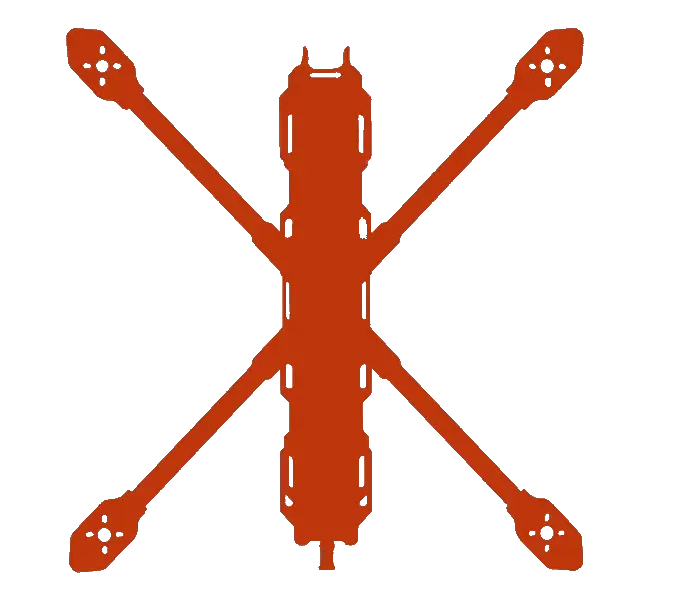

Welcome to the world of FPV drones, where every component plays a crucial role—especially your motors. If you’ve ever browsed the selection at RaceXDrone, you’ve likely seen just how many motor options are out there. Feeling overwhelmed? No worries—we’ve got your back.
In this guide, we’ll break down one of the most common (and most important) questions in FPV drone building:
How do you choose the right KV motor for your drone?
Whether you’re a beginner or a seasoned pilot, understanding KV is essential to building a quad that flies exactly the way you want.
Grab your favorite props and let’s dive in!
Let’s clear something up first—KV doesn’t stand for “kilovolts” or “kay-vee.” In the drone world, KV refers to how many RPM (revolutions per minute) a motor will spin per volt applied.
For example, a 2300KV motor will theoretically spin at 2300 RPM per volt. So if you’re running a 4S battery (16.8V when fully charged), that motor could spin up to around 38,640 RPM.
💡 Higher KV = Faster RPMs
But faster doesn’t always mean better—it all depends on your build and flying style.
Your drone’s size (especially prop size) is one of the biggest factors in picking the right KV motor.
KV rating is directly tied to your battery’s voltage. Higher voltage = lower KV needed.
⚠️ Important: Don’t combine high KV motors with high voltage batteries—it can fry your motors or ESCs.
It’s all about trade-offs.
Your ideal motor will depend on what you value most in a flight: raw power or endurance.
At RaceXDrone, we understand that every pilot and drone build is different. Whether you’re assembling a high-speed racer, a freestyle beast, or a smooth-flying cinematic quad, choosing the right KV motor is a key piece of the puzzle.
Still unsure which motor to pick?
Reach out to the RaceXDrone team—we’re passionate about FPV and here to help you find the perfect setup for your needs.